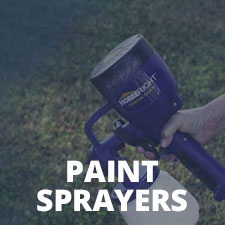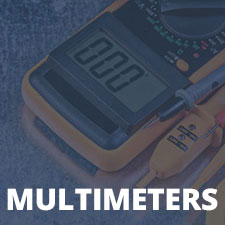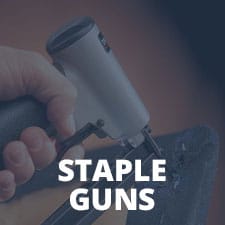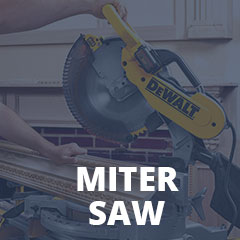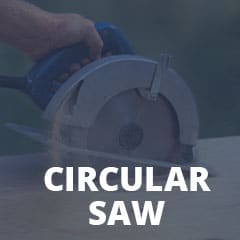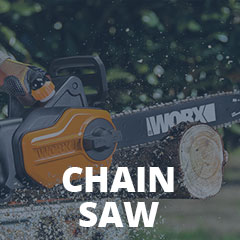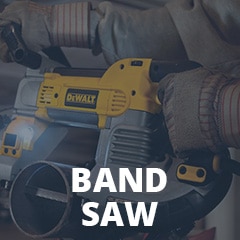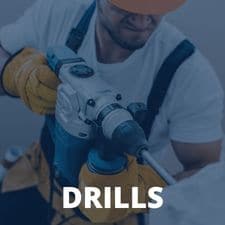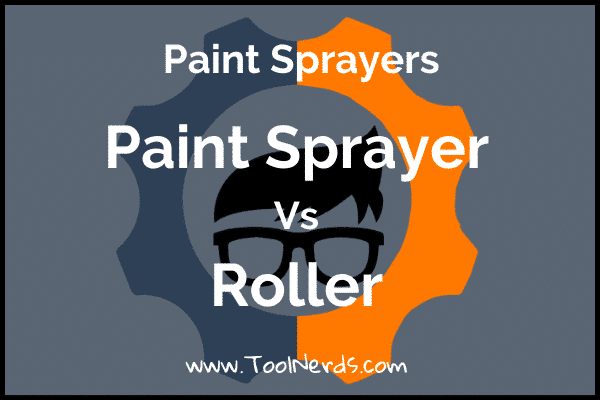
Paint Sprayer Vs Roller — The Big Debate
Using the best tools available for your painting project can make the difference between success or failure. If you’re wondering about the advantages and disadvantages of utilizing modern technology or sticking with tradition — read on. I’ll answer some of the burning questions many ask in the big paint sprayer vs roller debate, so you can decide.
Paint Sprayers — What’s The Deal?
Once thought to be reserved for professionals only, paint sprayers now come in affordable models that any amateur can master. They offer speed and efficiency for many different projects using a plethora of coating mediums.
Common uses include interior and exterior walls, furniture, cabinetry, fences, decking, and more.
Paint sprayers fall into two categories, airless or pneumatic (air compressor powered).
Airless Paint Sprayers
When a paint job requires a few gallons of paint, airless sprayers offer you speed. They can also deliver a flawless, glass-like finish on doors and woodwork.
They work by utilizing pressure to pump your medium through a hose to your spray gun. At the business end, it’s atomized into tiny droplets as it passes through the minute opening in the spray tip. You can select from a number of different tips to dispense low-viscosity materials like varnish, stain, and lacquer through to dense latex paints and beyond. Many draw the paint directly from the container — enabling you to work faster with fewer stops to refill.
Admittedly, these machines need a little practice to grasp the technique — but once you’ve got it nailed, you’ll be painting up a storm.
Now I’ve extolled the virtues of an airless sprayer, let me enlighten you on the pitfalls.
Firstly, the very fine spray they produce doesn’t all land on your chosen target. It can float off in the air, settling on everything around you, including the furniture, floors — and even the family pet if you don’t keep them out of the way. Secondly, you will spend considerable time preparing — masking off and laying groundsheets on anything you want to be kept paint-free.
Also, be very careful using a paint sprayer for exterior tasks — unless you want to color your roof, plants, trees, and shrubs, or even the neighbor’s car — yes, these particles can drift that far on the wind. Hence, paint wastage can be higher with an airless sprayer — costing you money in the long run.
I’m not done yet.
Another downside is the clean-up. After use and before storing, it’s imperative that you disassemble and flush all the remaining paint from your system. Failing to do this can cause it to become clogged and inoperable.
Nevertheless, despite these setbacks I’ve highlighted, an airless sprayer can produce a finish far superior to a roller — and on big projects save you a whole heap of time.
Air Powered Sprayers
HVLP (high-volume low-pressure) spray guns fall into this category. Their primary benefit is less overspray, meaning, less preparation time, and less wastage. If you already own a compressor, all you need is the spray gun, and many of these units only require a small compressor for efficient DIYing.
These types of paint sprayers are ideal for precision work on handrails, furniture, window frames, door trim, and more.
They do have their negatives, in that they’re more expensive than a roller and brush. They also use more paint, although there isn’t as much wastage as with an airless sprayer. However, like an airless model, there is prep and clean-up time afterward to factor in.
Paint Rollers — What’s the Score?
You can choose from five different kinds of rollers, which I’ve detailed below. The cost can vary depending on its quality. For example, if you want a throwaway option, that you’ll discard after use, an inexpensive model will suffice. However, if you want a roller that can be cleaned and reused, it’s worthwhile investing a bit more.
Manual Paint Rollers
Manual rollers are available in different sizes, including mini-rollers for narrow and small surface areas such as corners, trims, edges and frames, as well as hard-to-reach places like inside bookcases and cabinets. You can even get complete painting kits that include different size rollers, paintbrushes, and a paint tray.
Pad Rollers
Textured Rollers
Specialty Rollers
Power Paint Rollers
Paint application with these devices is speedier than with a manual roller, and it’s easy to get a smooth, even finish with one coat. They’re great for large projects — saving you time on refilling a paint tray every so often.
On the downside, you may find you use more paint than with a manual roller. In that, medium remains in the system and during cleaning, is flushed away. On the subject of clean-up, another negative is the need to take the unit apart to clean it, which can be a messy and time-consuming task.
Spraying Vs Rolling
Paint Usage
Speed Of Painting
Coverage
Project Size
Safety
What’s more, these machines aren’t made for spray tans. The powerful jet of paint can break the skin, injecting paint underneath it, which would require medical attention. Never point your paint sprayer at anyone, and keep your hands clear.
Cost
The exception here is if you’re considering a power roller vs paint sprayer. Some of these tools can be more expensive than a basic airless paint sprayer.
Power Supply
Comfort and User-Friendly Factor
In terms of comfort, using a roller is physically demanding, which can leave you with aching arms after extended use. Fatigue can also apply to a paint sprayer. Yet, many models are built with ergonomic handles, designed to reduce tiredness.
Preparation Time and Clean Up
Rollers can also take less time to set up and clean down after use. With a sprayer, you need to dismantle all the components and ensure all paint is flushed from the system or it will dry, blocking components and preventing them from working.
Useful Tips for Paint Sprayers and Rollers
Paint Sprayer Pointers
- Practice makes perfect — it’s unlikely you’ll get it right the first time with a paint sprayer, so perform a few test-runs on some cardboard. Once you’re happy with the results, move onto your project.
- Keep your work area clear — objects can snag up your sprayer hose or electrical cord, so ensure these are free and able to move. Also, you don’t want to trip over anything and cause yourself an injury.
- Protect yourself and your possessions — overspray releases minute paint particles into the air, so make sure you wear protective clothing. Also, mask off or cover anything you don’t want this excess paint landing on.
- Avoid blockages — straining your paint through a filter beforehand will remove particles and impurities that might be in it — preventing clogging in your system.
- Keep moving — maintaining a steady pace with your spray gun produces a smooth and even finish. If you stop and start all the time, you could end up with drips and runs.
- Check your distance — if you end up spraying too close to your target area you can apply too much coating. Check the distance recommended by your sprayer manufacturer for the best results — it’s generally between 8 and 10 inches.
- Less is more — it’s better to apply two light coats than one heavy one. Yes, this does mean double the work, but remember, a sprayer works quickly, so it will be a breeze.
- Keep the spray tip clean — during use, if the paint starts to build up on your spray tip, wipe it clean. Some models feature spray tips that you can reverse to clear blockages during operation.
Roller Rules
- Wetness is key — to avoid lap marks, apply new coats onto paint that’s still wet.
- Invest in high-quality equipment — rollers are inexpensive painting options but choose the best quality you can afford.
- Roller tray or bucket? — if you’re covering large areas that need lots of paint, a bucket will save you time on refills — but for smaller jobs, a tray will suffice.
- Making clean-up easier — removing excess paint from your roller with a scraping tool or putty knife will cut down on cleaning time. Once you’ve done this, simply wash it in detergent and warm water — remembering to allow it to dry thoroughly before storing.
- Get rid of fiber loss — loose fibers on your roller cover can become detached and spoil your paintwork. Before starting, either use a lighter to burn them off or stick and remove masking tape to get rid of them.
- Stay lump-free — strain your paint to remove any unwanted lumps, and if any appear on your pristine paintwork, remove them with a wet rag.
- Work smart — it’s natural to want to try and cover large areas as quickly as possible, but to get the best results work on a two-to-three foot square at a time.
Paint Sprayers vs Rollers — You Decide
- Are you painting expansive flat areas such as ceilings and walls? Opt for a roller.
- Which is more durable? A paint sprayer.
- Do you have uneven or surfaces that aren’t flat and uniform? A paint sprayer could be best.
- What kind of coating are you using? Rollers can dispense any paint medium, but a sprayer must have the correct spray tip fitted for the paint you’re using.
- Which costs less? Definitely rollers on this one.
- What if you want a textured finish? Sprayers can apply textured paints, but rollers are available for artistic patterns.
As far as paint sprayer vs roller is concerned, in my opinion, each device has its merits, so there’s nothing to say you can’t make the most out of both — depending on the project.
Paint Sprayer vs Roller FAQS
Q: Is it Better to Spray or Roll Exterior Paint?
Working outside introduces factors when deciding whether to spray vs roller exterior coatings. You want the air to be relatively still if you’re spraying so that the overspray doesn’t float onto everything around you and your neighbor’s properties. That said, spraying will take fewer man-hours.
Rollers can lay down a thicker coat, providing a better finish, albeit they are slower applying paint or stain. They also eliminate the possibility of damaging your garden, car, or anything else you don’t want to be painted.
Also, think about what you are painting. Spraying deck stain vs roller can be quicker and provide better coverage. If you’re painting stucco, roller, or spray? — spraying stucco gets coating into crevices a roller can’t reach.
Q: Interior Paint Sprayer vs Roller? Which is Best?
If you’re asking yourself, ‘is it better to spray or roll interior paint?’ Here are a couple of considerations. Paint spraying can be faster but prep time — masking up and laying down covers or protective film — takes time. Rollers are slower in completing the job at hand, but lay down a quality coat of paint with consistent color.
Q: Which is the Best Indoor Paint Sprayer vs Roller?
There are many different paint sprayers on the market that can do the job. Check out our articles to help you decide.

